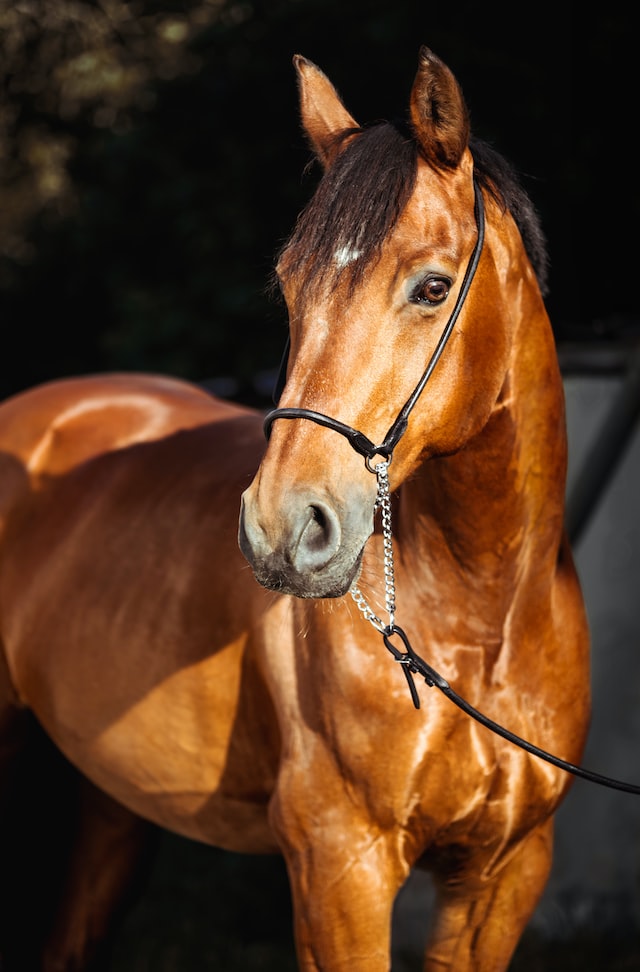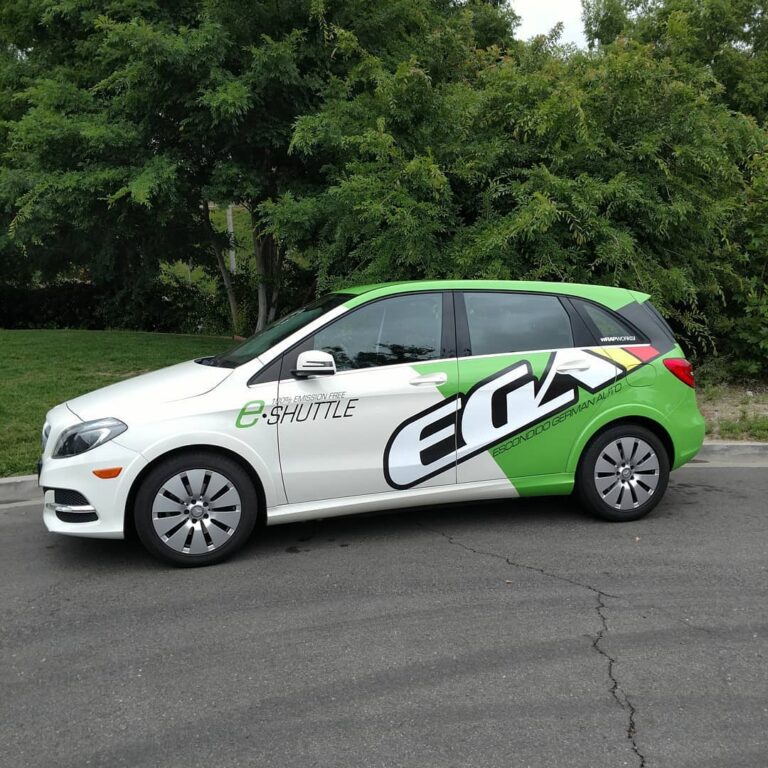Understanding horse insurance is an essential part of being a responsible equine owner. No one likes to think about their horse getting sick or injured, but an appropriate policy can help mitigate much of the financial impact.
When buying insurance, several factors exist, including the company you choose and the coverage you want. Read the terms carefully, and know how to file a claim if necessary.
Liability Coverage
Whether you’re an individual owner or have horses on your property, liability coverage is essential for protecting you and your horse-related assets. It can save you and your business from lawsuits involving bodily injury, property damage, or death resulting from your equine activities.
Consider a year-round horse insurance policy if you ride a horse often or use one for training or racing. This insurance will keep your horse safe and secure whenever you travel to a show or race.
There are two main types of equine liability coverage: Personal and Commercial.
Personal equine liability covers you for claims made by a third party for bodily injury or property damage arising from your horse-related activities. This type of coverage is ideal for riding instructors, breeders, trainers, and owners of boarding facilities or breeding farms.
Aside from liability coverage, you’ll also need mortality and loss of use policies. The former protects you from financial losses if your horse dies, while the latter pays for its current market value if it can no longer be used because of injury or illness.
Mortality Coverage
Mortality insurance is a form of coverage that pays the horse owner a specified amount for their death. It is similar to human life and health insurance and can be purchased separately or combined with medical/surgical policies.
Most equine mortality policies cover virtually any cause of death, including natural occurrences such as colic and fatal injuries caused by accidents, fire, lightning, or other reasons. Often, humane destruction and theft are also covered.
Some providers offer named perils endorsements that can reduce the cost of full mortality coverage. These endorsements are usually available to horses between 24 hours and 17 years of age. However, some companies will refuse to write a policy for older horses because of pre-existing conditions, such as navicular disease or recurring colic.
Primary medical, veterinary services, and medical assistance coverage are also available to horses between 31 days and 20 years of age, depending on the insurance company. These are added endorsements on the Full or General Horse Mortality policy that pays out after a horse is injured or becomes ill and meets underwriting guidelines.
Loss of Use Coverage
Similarly to mortality insurance, loss of use coverage pays a percentage of your horse’s value should an injury prevent it from competing. For example, if your hunter’s suspensory ligament breaks and he can no longer compete in the sport, you can collect up to 60 percent of his insured value under this policy.
Loss of use is often available in a standalone policy or can be added to your mortality coverage. It can reimburse you up to 70 percent of your horse’s insured value if it is permanently disabled by accident, illness, or disease.
Before approving your application, most companies require a veterinary exam for horses worth $25,000 or more. They also may want you to fill out a declaration-of-health form for horses valued less than that amount.
Additional Coverage
If you have a horse, it’s important to consider insurance to help you with medical care costs and compensate for lost value if you lose your horse. It’s a relatively inexpensive way to protect your investment. Knowing that you won’t have to decide between euthanasia and life-saving treatment due to cost can provide comfort.
You can insure your horse for total mortality or a limited number of named perils spelled out in the policy. Some companies also offer guaranteed extensions, which means that if you report a condition promptly during the policy period, you’ll be covered for that condition for up to 12 months after the policy’s expiration date.
Some companies also offer primary medical and surgical coverage, which reimburses your horse for veterinary expenses from an injury, illness, or disease. It is an excellent option for preventing you from deciding between euthanasia and life-saving treatment for lameness or colic.





Leave a Reply